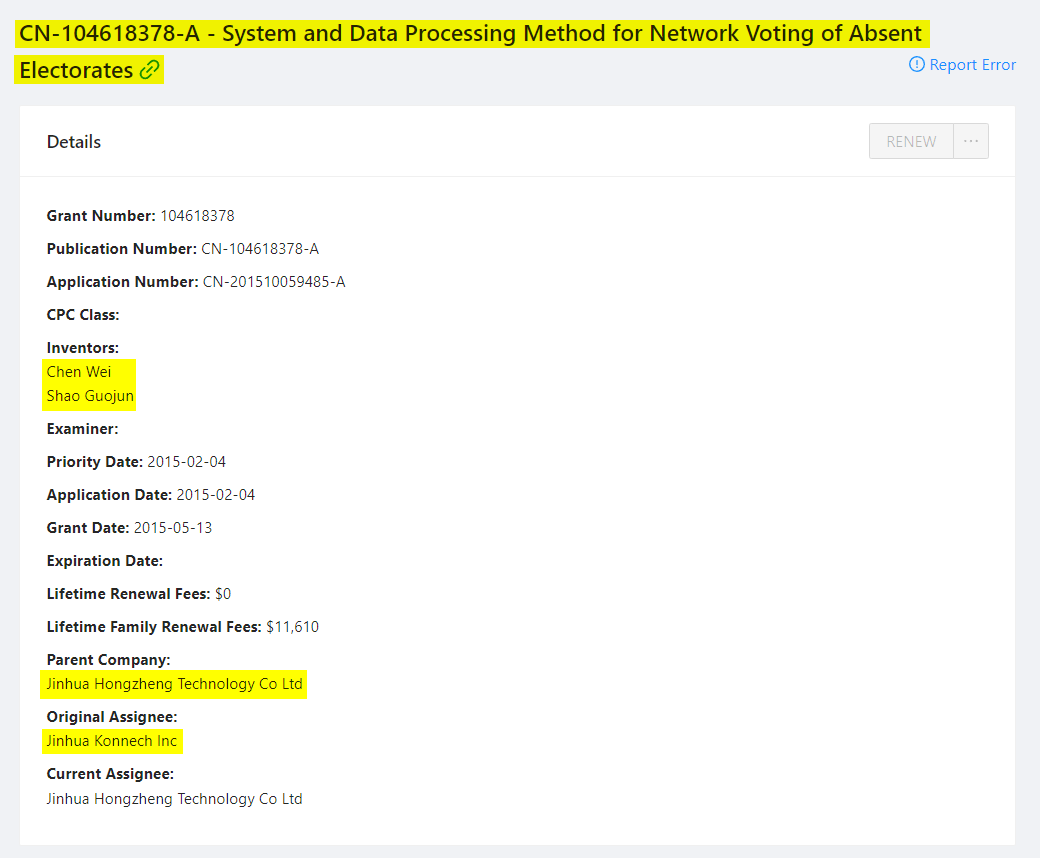
- #NUKE OPTION BLACKBERRY DESKTOP MANAGER HOW TO#
- #NUKE OPTION BLACKBERRY DESKTOP MANAGER DRIVER#
- #NUKE OPTION BLACKBERRY DESKTOP MANAGER SOFTWARE#
- #NUKE OPTION BLACKBERRY DESKTOP MANAGER LICENSE#
Because initially it is the far least risky approach, some are also planning to use Nvidia’s hardware, at least initially, to avoid the likely liability and potential recalls that will result from using a hardware platform that was not part of the complete Nvidia solution. Nvidia has been massively successful here as most carmakers are now using its Omniverse-based simulation platform to develop its software. Over time and surprisingly slowly, the automotive OEMs began to adopt technology from the computing industry.
#NUKE OPTION BLACKBERRY DESKTOP MANAGER HOW TO#
The car companies realized they were decades away from matching Tesla and began to pivot toward partnering with technology companies who knew how to build a computing platform better. While Tesla’s competitors tried to recreate what was already known by the computing industry, Tesla was selling cars and dominating the electric car segment.Īs time went by, this proprietary approach waned in popularity. Tesla used the knowledge of the technology industry to create a superior rolling computer. This is one of the reasons Tesla blew by the much larger and better funded existing car companies.
#NUKE OPTION BLACKBERRY DESKTOP MANAGER SOFTWARE#
In effect, early on, GM was hardly an outlier in its proprietary approach to the problem and its lack of confidence in the software experts it hired to fix it.
#NUKE OPTION BLACKBERRY DESKTOP MANAGER LICENSE#
They thought that if they (who were not software experts) created an autonomous driving platform, their competitors would license it from them (something that was never going to happen). Later, the car companies resisted vehicle-to-vehicle (V2V) technology because they didn’t want competing vehicles talking to each other. The result was remaking a long list of mistakes the computer industry had made and learned from over the prior decades. The issues were that OnStar management wasn’t from the computing industry - and while they hired computing experts, GM wouldn’t listen to them. I first looked into SDVs back in the early 2000s when I was invited to visit GM’s OnStar effort which was having significant operational difficulties.
#NUKE OPTION BLACKBERRY DESKTOP MANAGER DRIVER#
This future car concept, as I noted above, is basically a supercomputer with wheels able to navigate on, and sometimes off, road as needed autonomously, often far better than a human driver can perform. Software-defined vehicles have been slowly making their way to market over the last two decades and it hasn’t been pretty. It’s something that every company and country should have implemented by now - and is critical to the pandemic and hybrid work world we currently live in. Then we’ll close with my product of the week, also from BlackBerry, that is perfect for today’s conflicted and changing world. Let’s talk about the software-defined vehicles (SDVs) that will come to market in only three to four short years. Some of the proposed designs look like rolling living rooms, while others fly.

The only thing these cars will have in common with the cars of today is their appearance, and even that isn’t a sure thing.

They’ll have more computational power than the supercomputers of a few years back, be wrapped with services, and come preloaded with accessories that you can enable later. These future cars will increasingly be like computers with wheels on them. These changes are also expected to dramatically reduce automobile ownership by individuals. That future is coming very quickly, and it promises to change most everything we currently define as an automobile, from who drives it, to how it behaves while you own it. Since BlackBerry’s tools and QNX operating system are expected to be heavily used in the next generation of cars, this event often provides a view into the future of automobiles. Last week was BlackBerry’s annual analyst summit.


 0 kommentar(er)
0 kommentar(er)
